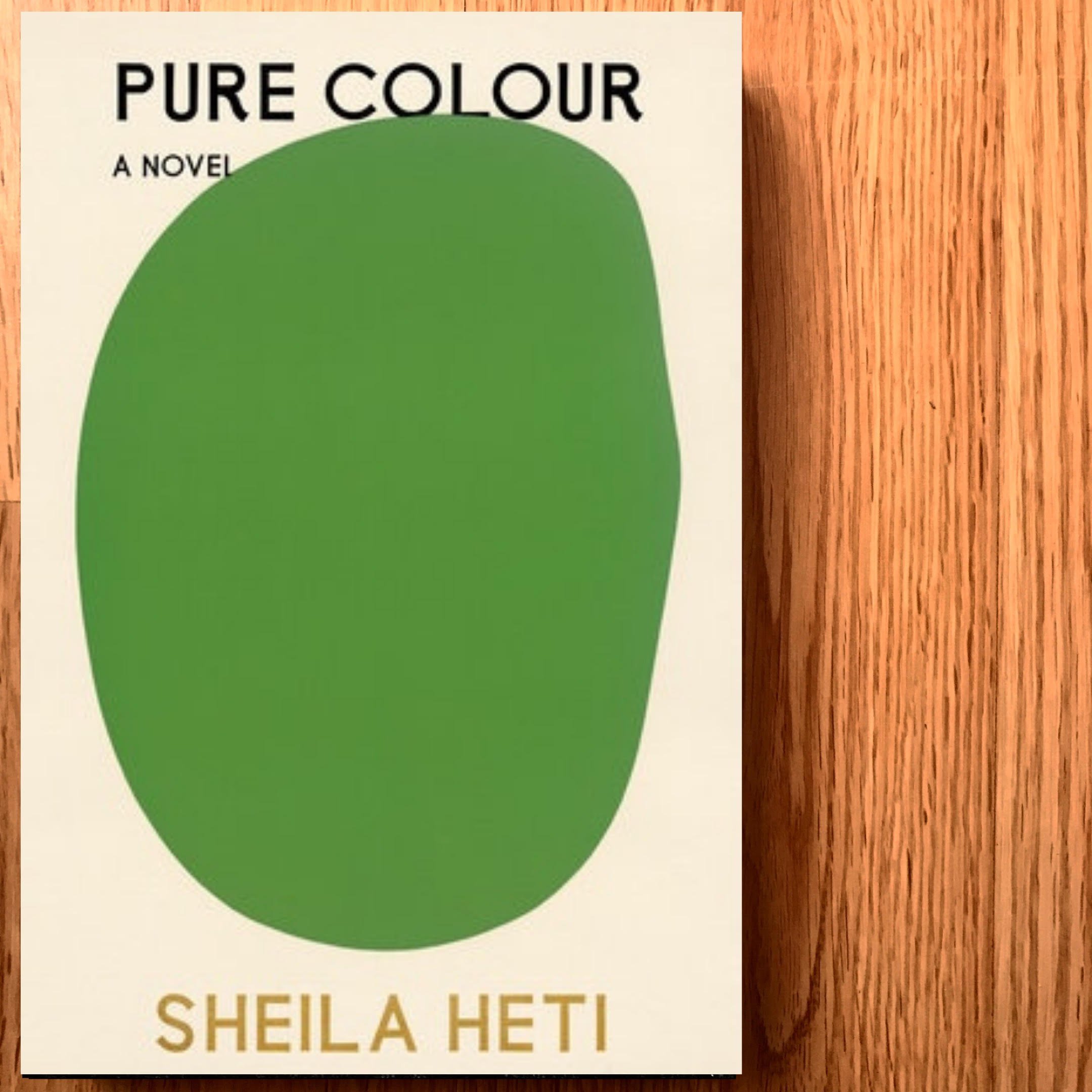Content warning: sexual violence, racial violence, genocide
Shelly Sanders’s upcoming novel Daughters of the Occupation is a fictionalized family history based on true events. Sanders painstakingly recreates the lives of three Jewish women affected by the Soviet invasion of Latvia and subsequent invasion by the Nazis. Affected seems too flippant a word. Forged in. Destroyed by. Forever changed by. Like so many European Jewish families who emigrated—fled—to America in search of acceptance and freedom and to escape the persecution and violence of the war, Sarah, the protagonist of Sanders’s novel, comes from a family that has been torn apart by war. Raised an American Catholic, Sarah has spent her life unaware of her Jewish identity or of the history of her mother’s family. Following her mother’s sudden death and the subsequent illness of her estranged grandmother, Sarah begins down a path of family secrets towards a history she never conceived of and from which she had been, up until now, carefully kept. During an impulsive trip to Soviet-controlled Latvia (the year being 1976) and an impromptu meeting with an American professor of Russian architecture who is able to translate for her, Sarah finds herself on a journey towards someone her mother and grandmother could only dream of, to find answers they have spent their lives in search of.
I won’t spoil anything because the story itself really is fabulous.
Sanders writes a family legend. Her words string together the intertwining lives of grandmother, mother, and daughter. Her structure is strong, finding its roots deep in the violent history of Latvia. The language, especially in dialogue, is heightened—the way we wish people spoke rather than the way they really do, risking a loss of the suspended disbelief. The story of Sanders’s novel feels real, hitting the firm beats of chronology and necessity with precision—this happened at this time, leading to this. It is the in-between bits which are less strong. The narrative voice has trouble bouncing back and forth between the double timeline of the 1940s and 1970s. It is too modern and yet too archaic to fit seamlessly in either timeline. It lacks sophistication in its use of metaphor and its overuse of cliché, as well as having several micro plot holes where assumptions are made by characters which have little basis in the text itself.
We need to be careful in the ways we talk about, write about, and subsequently mythologize war and genocide, particularly the Holocaust, WWII, and the Cold War. Sanders makes broad stroke claims about the nature of freedom and oppression—American is freedom, Latvia is oppression—when in our contemporary landscape, our views of freedom, oppression, structural inequality, and institutionalised racism have expanded and become much more nuanced, although there is still a lot of work to be done. Every human being is of value. We as tellers of stories, particularly those of grief, tend to fall into patterns of comparison. That is to say, especially in stories of the Holocaust, we seem to expect that if a certain level of inhumanity and violence did not occur then the stories are not valuable. Every human being who lives through a large-scale trauma is affected by that trauma, in small ways and in large ways. Sanders’s narrator focuses on specific aspects of the suffering of her main characters to an exorbitant degree that feels as through their pain is trying to be explained or justified. It risks lapsing into the fetishization of grief, trauma, and victimhood, or more specifically, the fetishization of those who survive.
Whatever else it may be, Daughters of the Occupation is an enjoyable story of family intrigue and the secrets forced upon unwilling keepers by the nature, not only of war, but of the specific kind of war committed by the Nazis against the Jewish people—an attempted eradication of Jewish families and their stories. While Sanders’s novel may fall short in some areas of craft and perhaps her narrative style may require further refinement, she is still doing the incredibly important work of telling the unflinching story of a Jewish family, ripped apart by the Nazis, who managed to continue. It is essential that these stories continue to be told, to be felt, and to be held, so as never to allow hatred and bigotry to eradicate the lives of the people they chose to hate. We must look without fear at the pain, the love, the laughter, and the lives of these families. The essential act is the telling itself.
Thank you to HarperCollins Canada for the complimentary copy in exchange for an honest review.





















